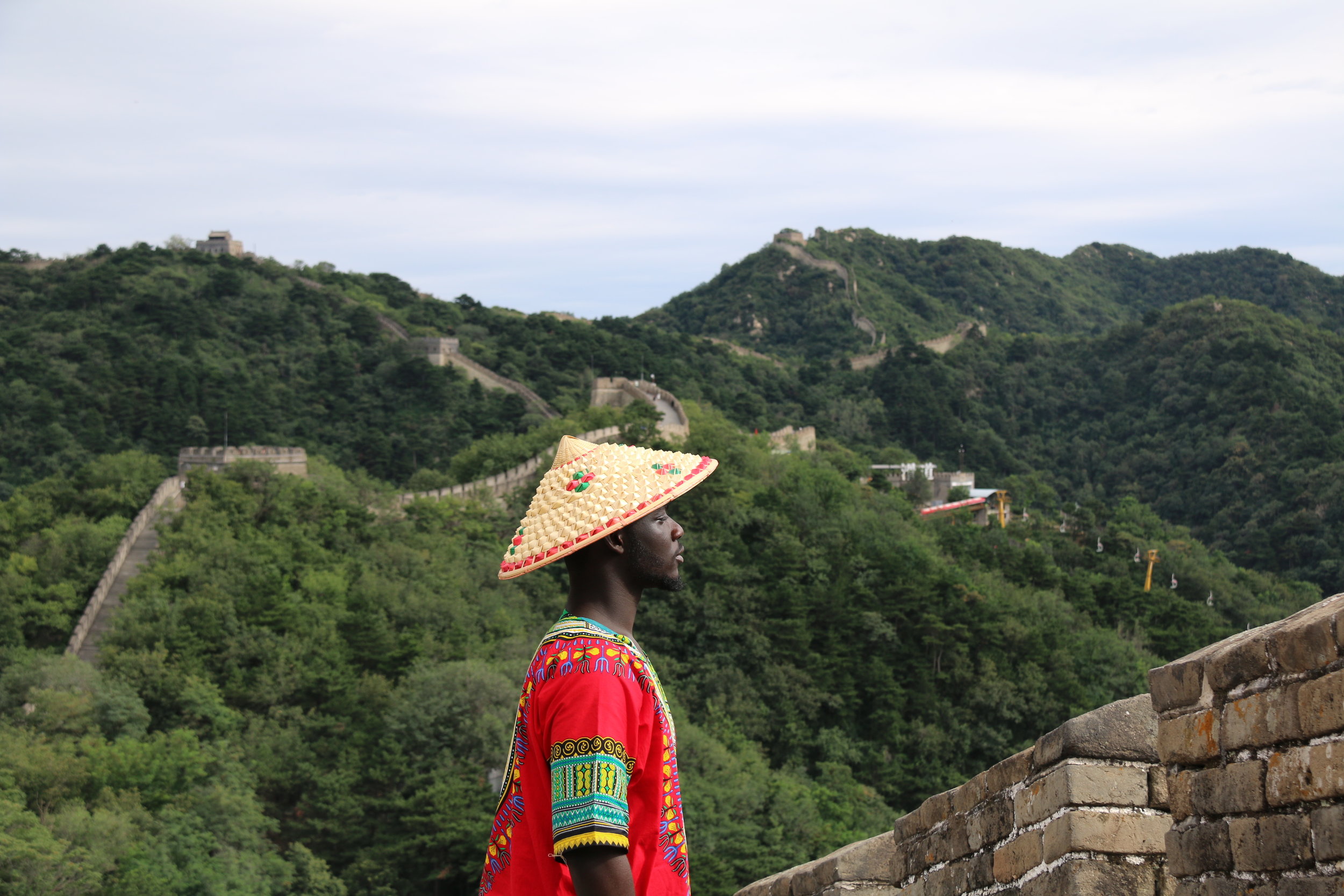Introduce yourself!
I’m Parker Hilton, a photographer from the lovely little nook of Sea Bright, New Jersey. At this very moment, I’m in Salinas, Ecuador finishing up a six-month drive from Montana to South America as part of a project called Vanajeros. When on the road, I wrote and photographed along with three of my closest friends. When you factor in all the planning and prep work, that project has been my job for the last year. Travel had always been something that seemed unattainable when I was in college. I never studied abroad or got too far out there because it seemed expensive and—scary. But eventually that fear evolved into curiosity in a pretty organic way. When I graduated in 2012, I started using my camera as a tool to move and to help continue moving: I could document my experiences, but also gain an “in” to otherwise inaccessible experiences. Using a camera respectfully has the power to open certain doors that let you speak with locals and hear their stories. I love that.
What sparked your interest to visit Indonesia? Which part did you visit?
I’ve always wanted to explore Southeast Asia. I remember sitting in my Dad’s T.V. room watching the same four surf movies on a loop and always feeling like the sections from Indonesia looked the most exciting. The food, the weather, the motorbikes, the waves—everything about it looked like something I wanted to be a part of. Last year, I was helping a buddy of mine with a project in Hawaii when my brother, Drew, got a job as a surf guide in Northern Sumatra, in the Aceh region. There probably couldn't have been a more perfect opportunity for me to go, so once the project in Hawaii was done, I flew to Bangkok and made a three-month trip out of looping Southeast Asia. The cornerstone of that trip was spending two weeks on the island of Simeulue—near a town named Inor—with Drew.

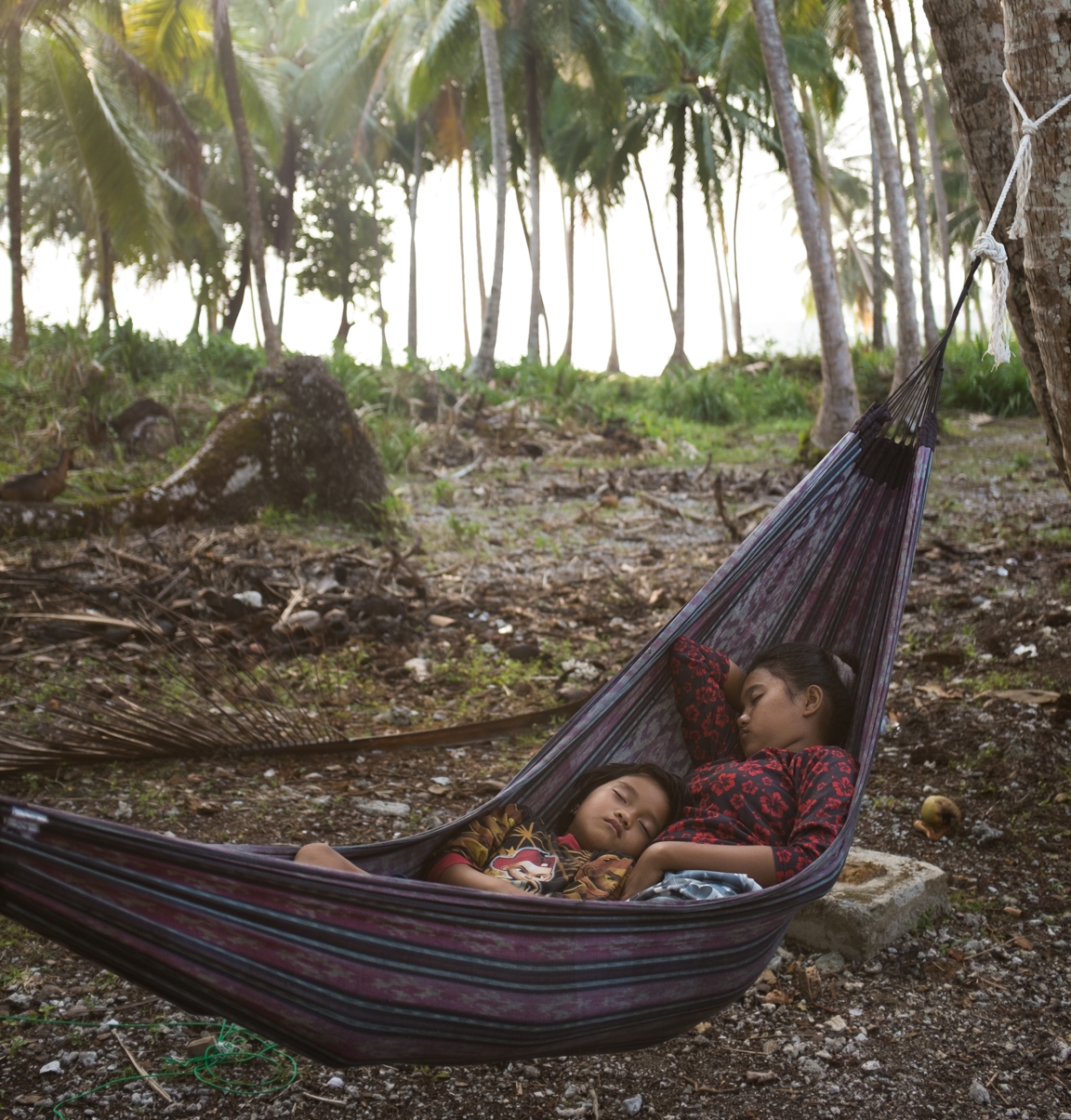
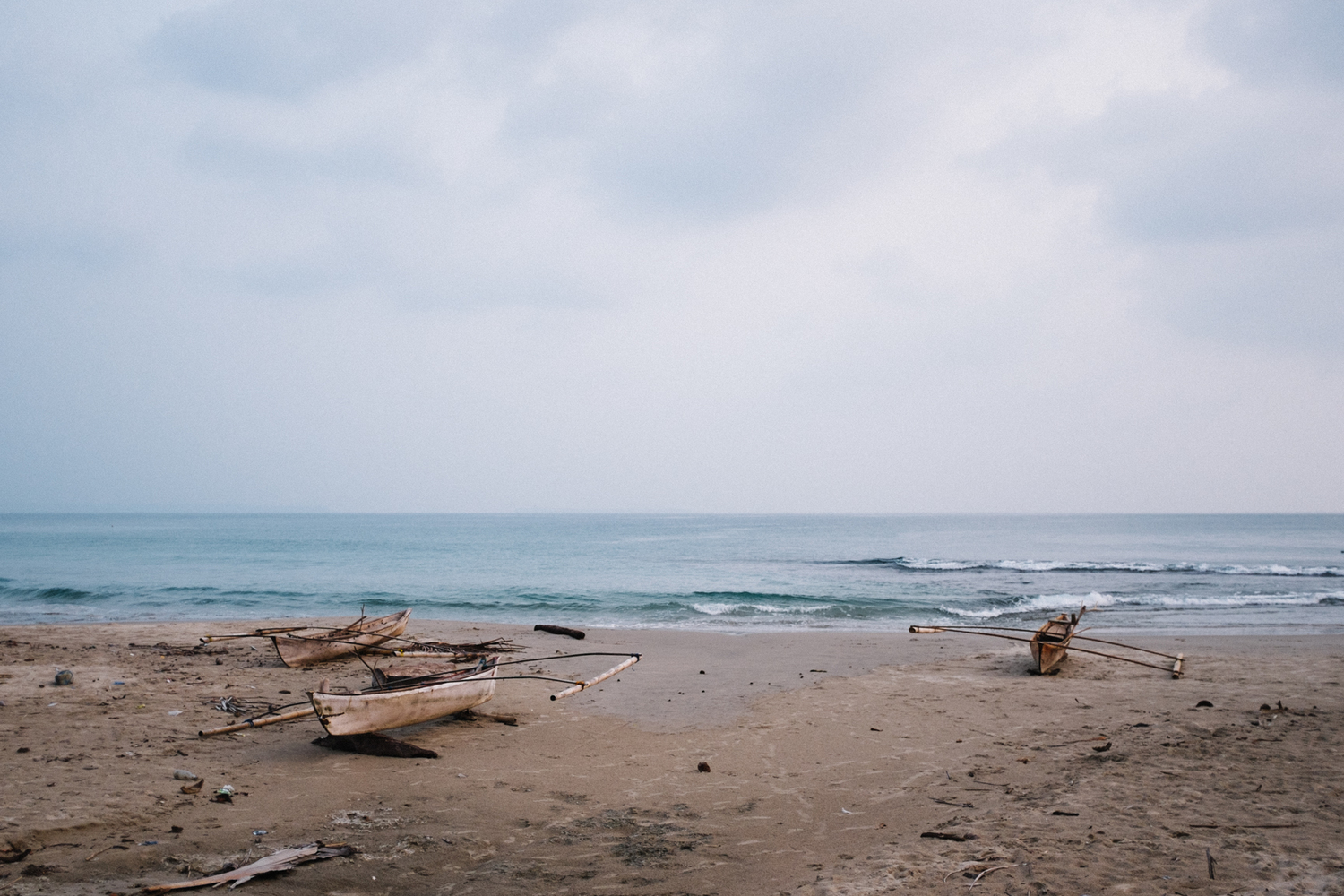
What was your approach to photography while there? Did you generally strike up a conversation with your subjects or just capture the moment?
Back in school, one of my professors and I were talking about traveling with a camera, and he told me to (A) not be stupid and (B) make respect a priority. Traveling with a camera can be a really amazing experience if you respect the people you’re photographing. Learning how to ask for a photo and say “thank you” in their language can go a long way, and Simeulue was no different. Again, I was lucky to have Drew to help me, but knowing even a few words changes everything. That separates you from the thousands of other travelers who just snap photos without asking and walk away. Before I took the photos of kids I have from the island, I struck up some conversation with their parents and made sure it was OK before I started goofing around with the kids and taking pictures. A little conversation goes a very long way.
Was the area you visited heavily impacted by the tsunami and earthquake of 2004? How would you say the region has overcome and recovered from such a devastating natural disaster?
I didn't really think about the tsunami or earthquake until I landed on the island. As Drew and I drove from the airport to the camp, I noticed concrete foundations of buildings everywhere; outlines of houses that used to stand in those spots. My brother, who had been there for four months at that time, said very matter-of-factly that they were left over from the tsunami. It didn't really register immediately, but when I finally asked, “You mean the tsunami from TEN YEARS ago?” He kept his eyes on the road and nodded. As it turns out, Aceh (pronounced ache) was one of the hardest hit regions of the 2004 and 2005 tsunamis. My brother told me that at a young age, the kids are taught thousand year old songs about how to prepare for the tsunamis that will follow earthquakes. The local knowledge to get to high ground saved a ton of lives, but the structural damage was unavoidable. Driving around the island, you still see old torn up roads and downed bridges. A lot of the current homes were either provided by aid workers or have a temporary build with sheet metal roofs, and canvas or old billboards for walls. Which, from what I gathered, is in case of another tsunami. But ten years have passed, and there is an entirely new generation of kids running around. Aside from the physical remnants, the people are carrying on and, slowly, rebuilding.
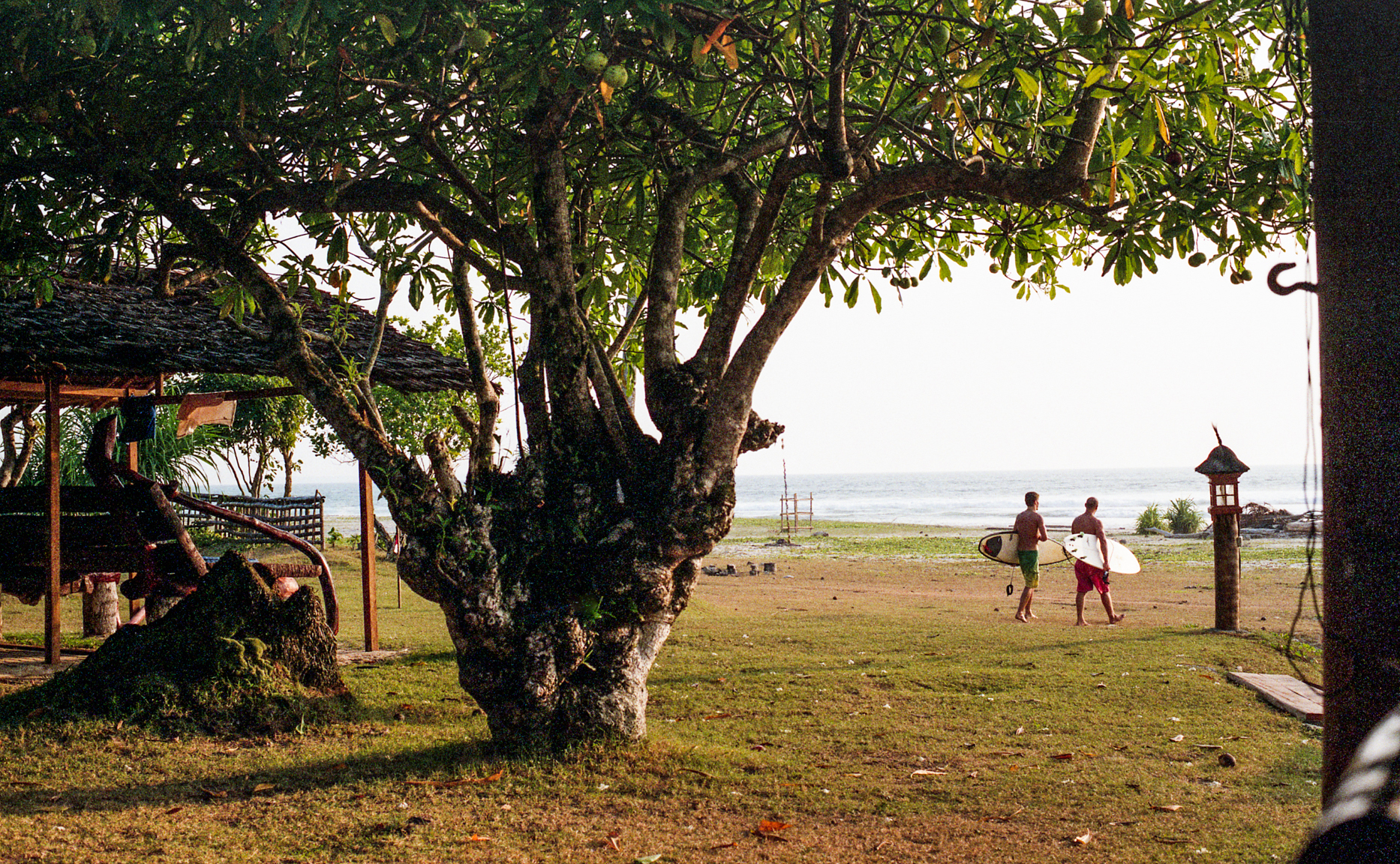
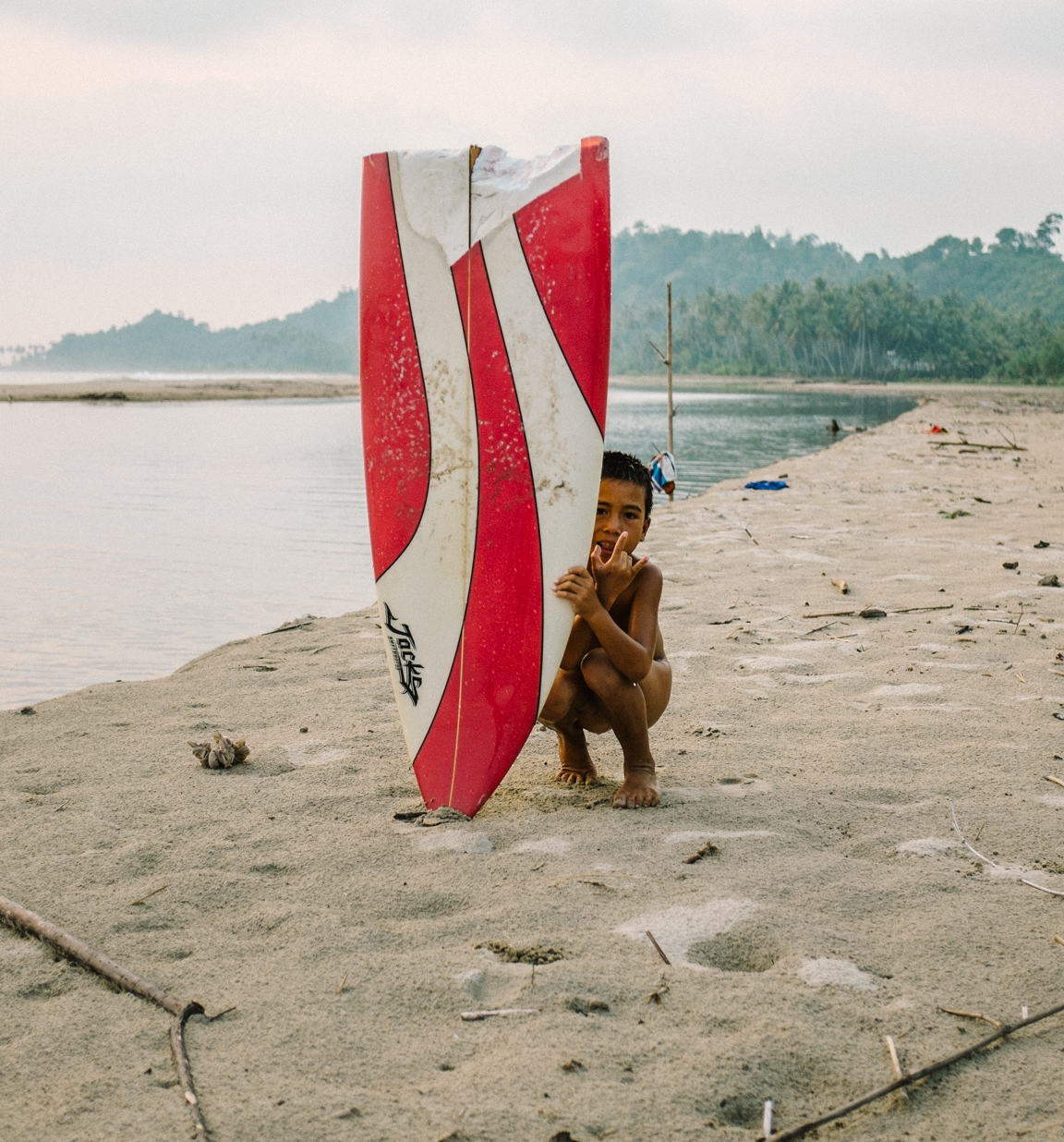
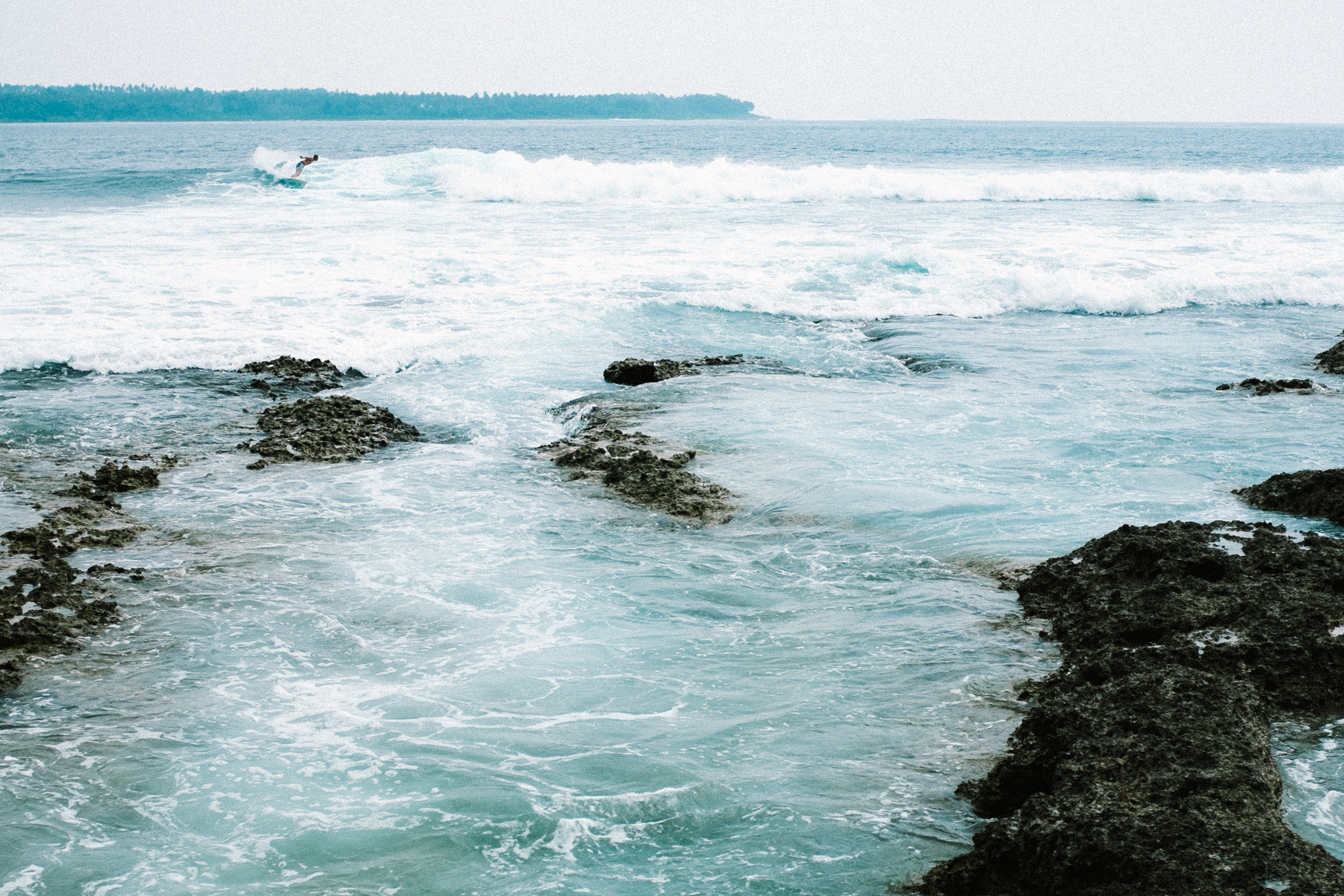
What recommendations can you provide for travelers interested in exploring the region?
Getting to Simeulue isn't easy; it’s a bit of a hike. Flights from Medan aren't always guaranteed and are often turned back because of weather. But once you’re there, it is absolutely worth it. I’ve heard it referred to as “Indonesia’s last frontier” more than once, and because it’s visited so infrequently, the locals are incredibly happy to welcome you. If that’s not enough to sway you, the waves are worth the trek. If you're planning on going there, you should check out Aura Surf Resort or Ranu’s Surf Camp before heading out. The guys at either of those spots would be glad to help you out.
What were some of your experiences?
The first thing I ate in the Medan airport was Nasi Gurih with anchovy paste and a fried hardboiled egg. It rattled me a bit, but by the end of the trip I couldn't wait to pass through Medan again. It really is an amazing place in the sense that it has the influences of Malaysia and Singapore, but is also under pretty strict Sharia law. There are a fair amount of cultural norms that took me time to get used to. I was lucky enough to have Drew there guiding me along and correcting me when I waved with my left hand—the left hand being the replacement for toilet paper there, it’s, justifiably, considered an insult to wave with the left. For the most part, we stuck to the coast and avoided cities, but no matter where we were, there was the constant buzz of motorbikes and any closed off room was filled with the haze of clove cigarettes. As an American, anything related to Muslim culture makes us think twice. We’re supposed to fear everything associated with that religion, right? I don't know—going there and being as welcomed as I was and meeting the people I did—that’s what’s going to stick with me. Every day I was there, someone would stop Drew and I on the street to invite us to their house to have dinner with their family. The waves were amazing and the food was great, but the warmth and hospitality of the people changed me.
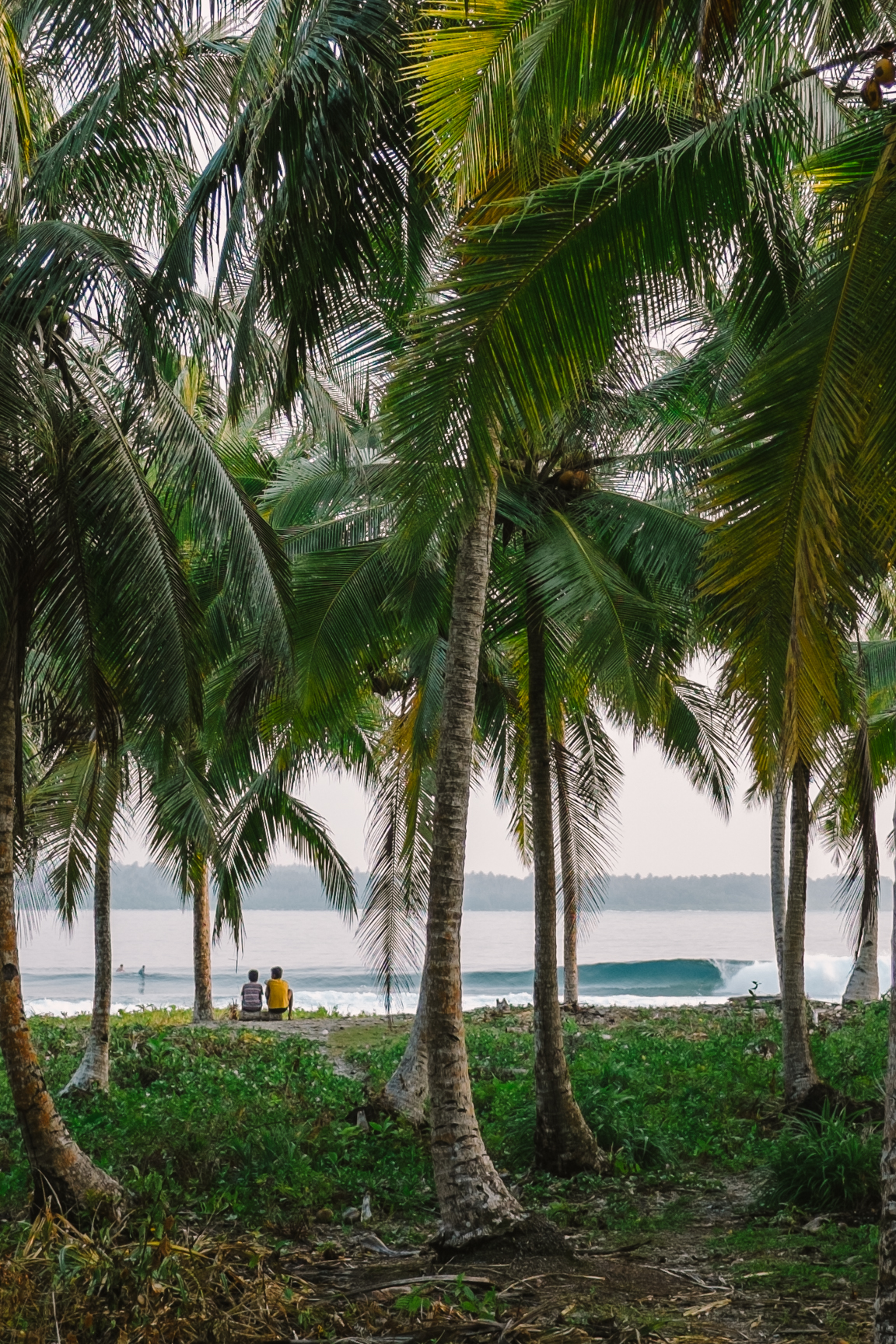
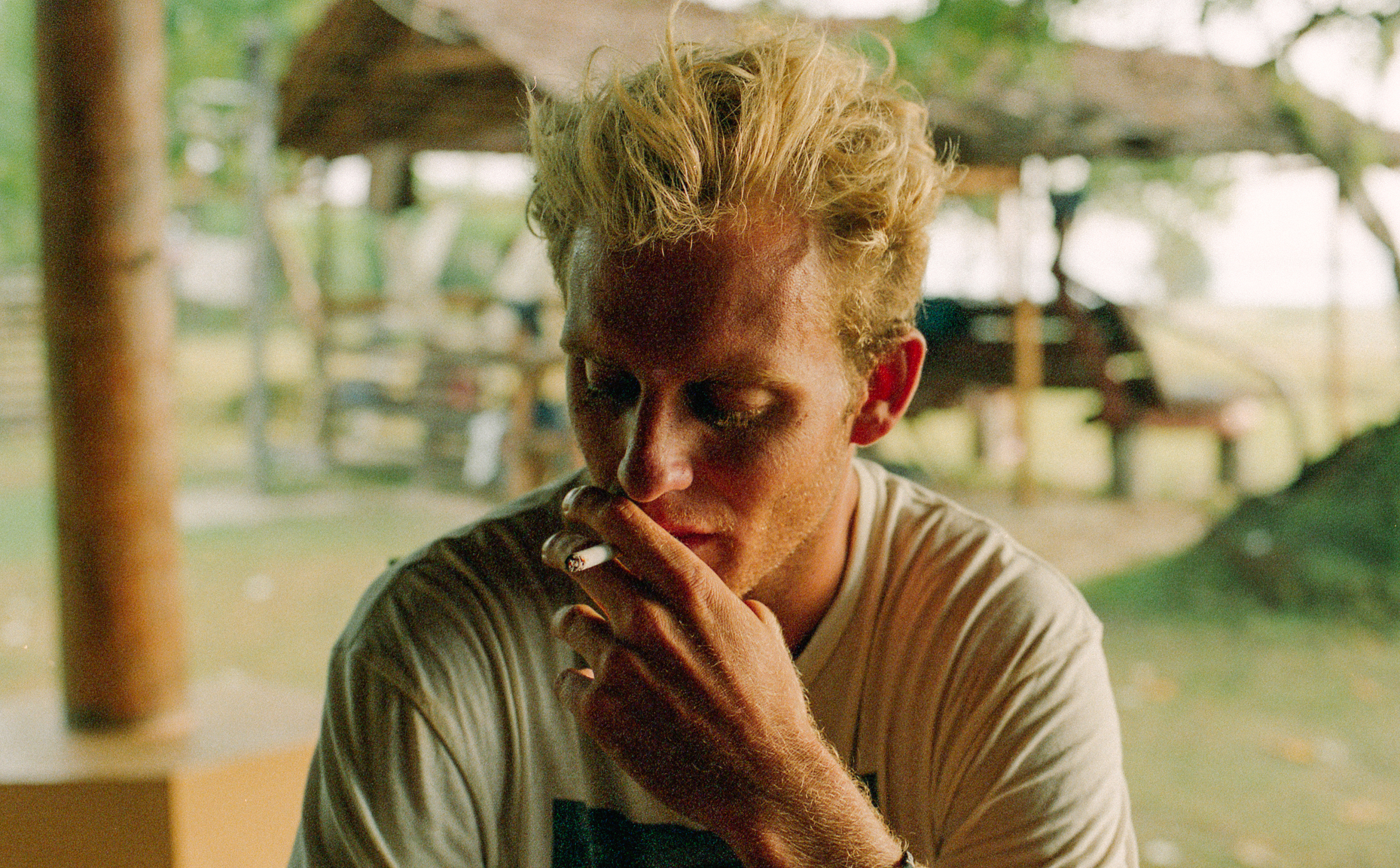
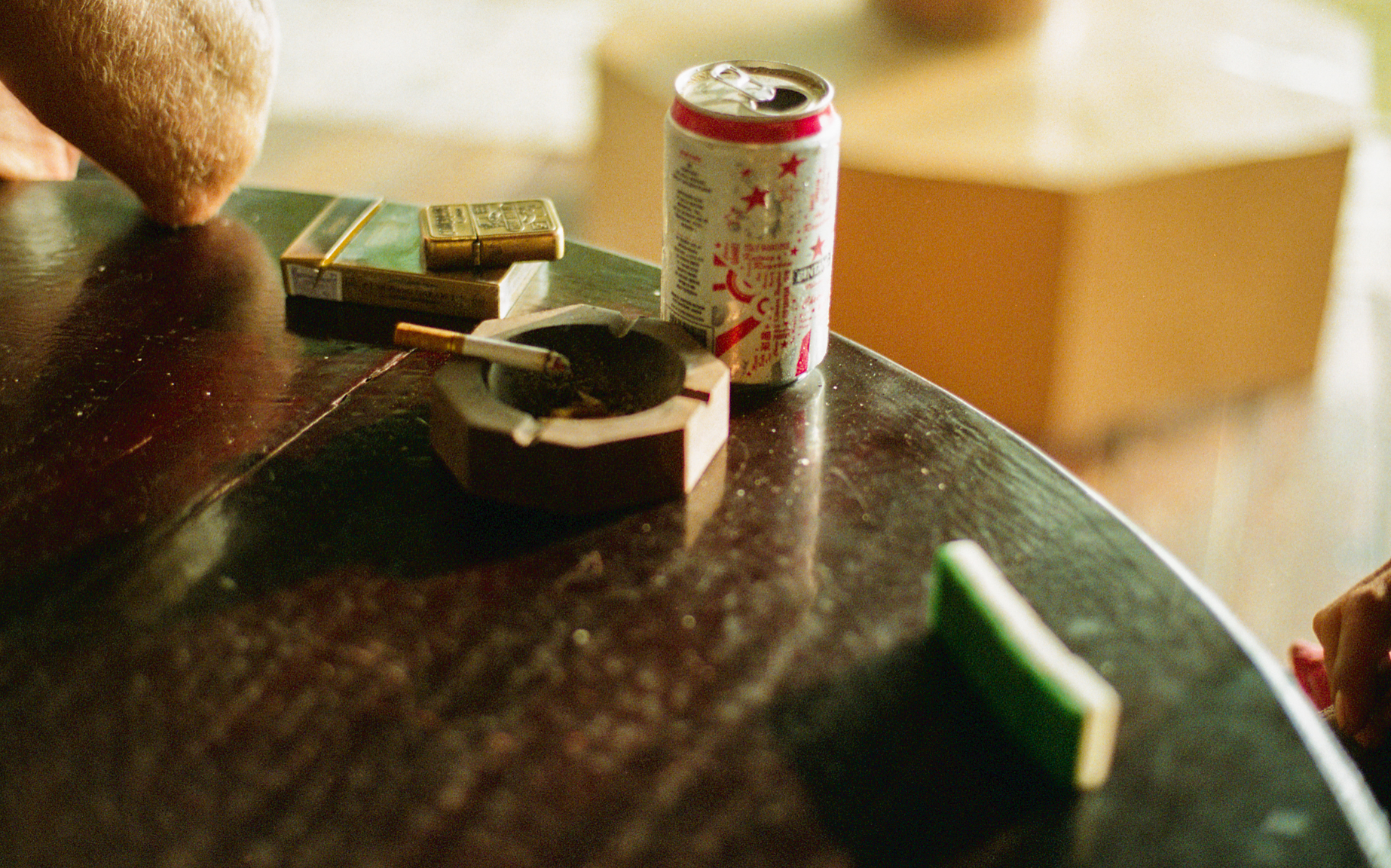
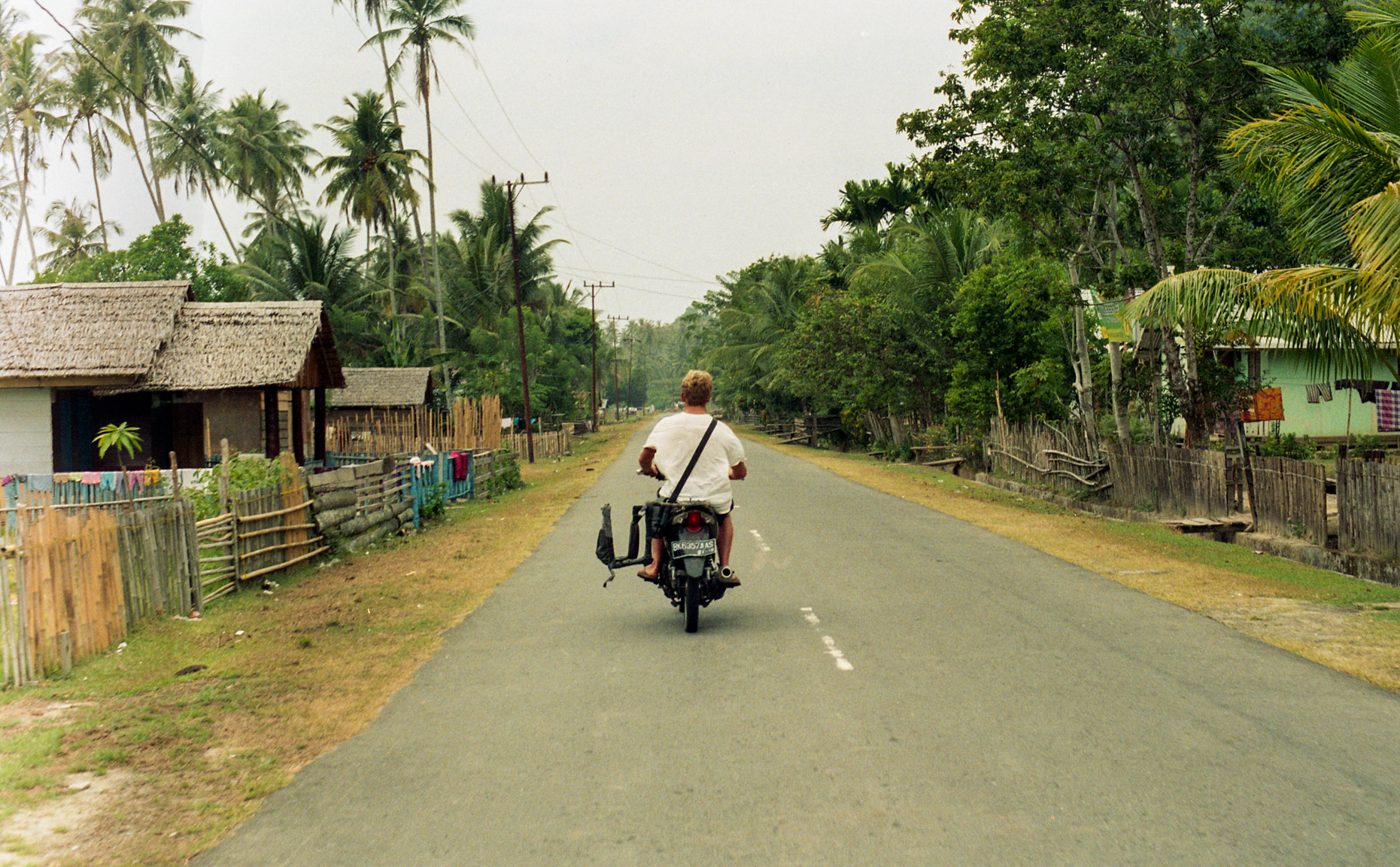
Are there any common misconceptions about the region you would like to clarify?
I’m worried that mentioning Sharia law may deter some people. I think people project their misconceptions sometimes, and those misconceptions can scare us out of seeing some amazing things. That being said, Sharia law is pretty harsh: alcohol is hard to find, and public drunkenness will get you 40 lashes. Sex between adults who aren't married can get you nine lashes, and gambling will get you a few as well. Also, all Muslim women must wear a hijab in public. Now, those laws only apply to the Muslims in the region, so anyone visiting doesn't really have to abide by them. When I was there, I didn't hear any stories of people being lashed, and we had a beer or two every night over a game of dominos. However, physical contact between us and the women on the island was super limited: they put their hand over their heart instead of shaking our hands, but that’s the culture. I can promise you that whatever you read about the laws there is a million times more intimidating than actually being there.
Travelling can appear to be very glamorous from the outside, however that is not always the case. Can you share any frustrating (and unglamorous) moments you experienced while traveling?
I didn't think I was ever going to get off the island. My flight out was delayed three hours because of a storm, and once we finally took off, we had to turn back twice because of the weather— and you have to remember, this was within a few days of the Malaysian Airlines disappearance. After that, I missed my connecting flight from Medan to Kuala Lumpur, and had to get a ticket on a later flight. Delays and all put me in Kuala Lumpur a day and a half late and $150 short.
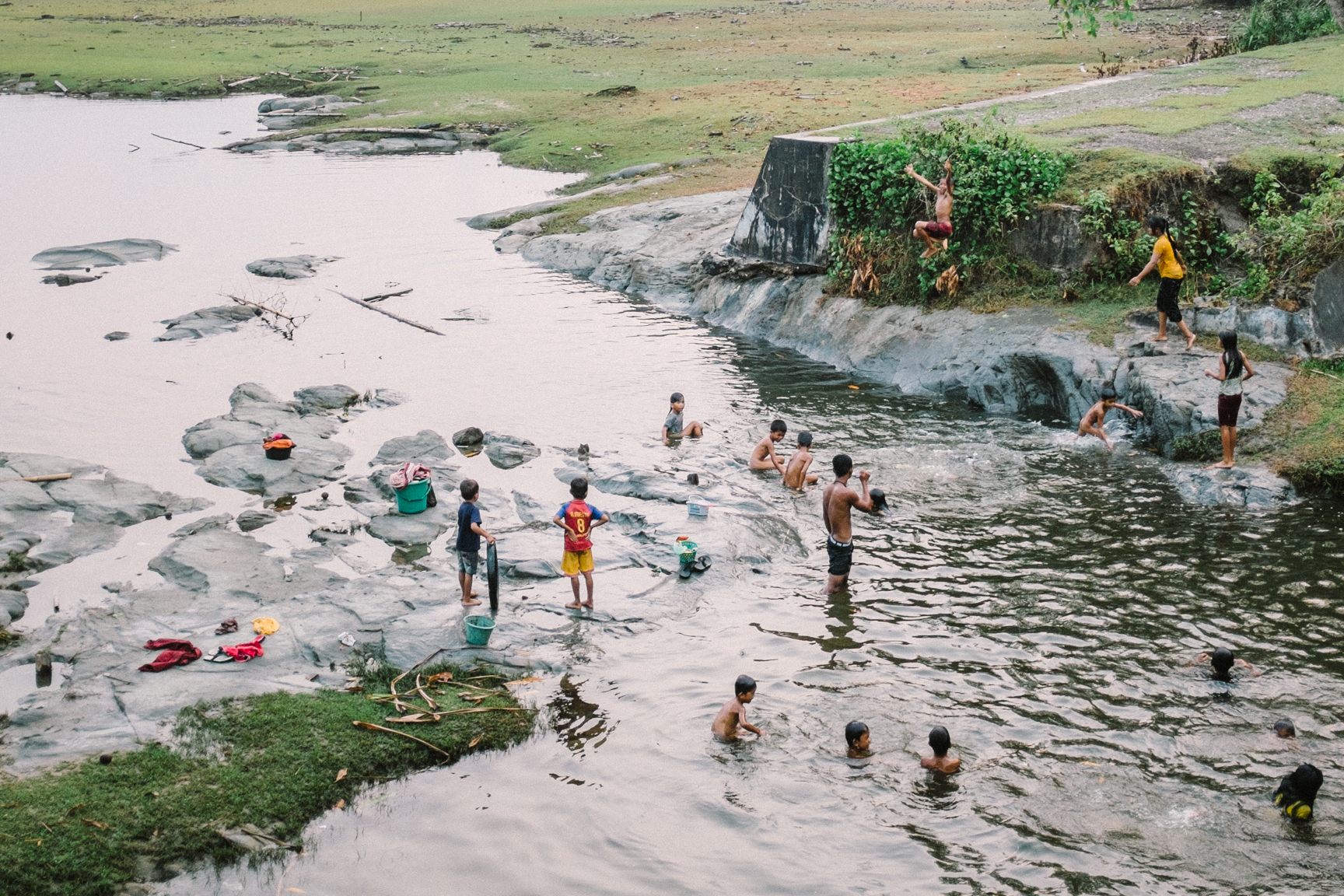
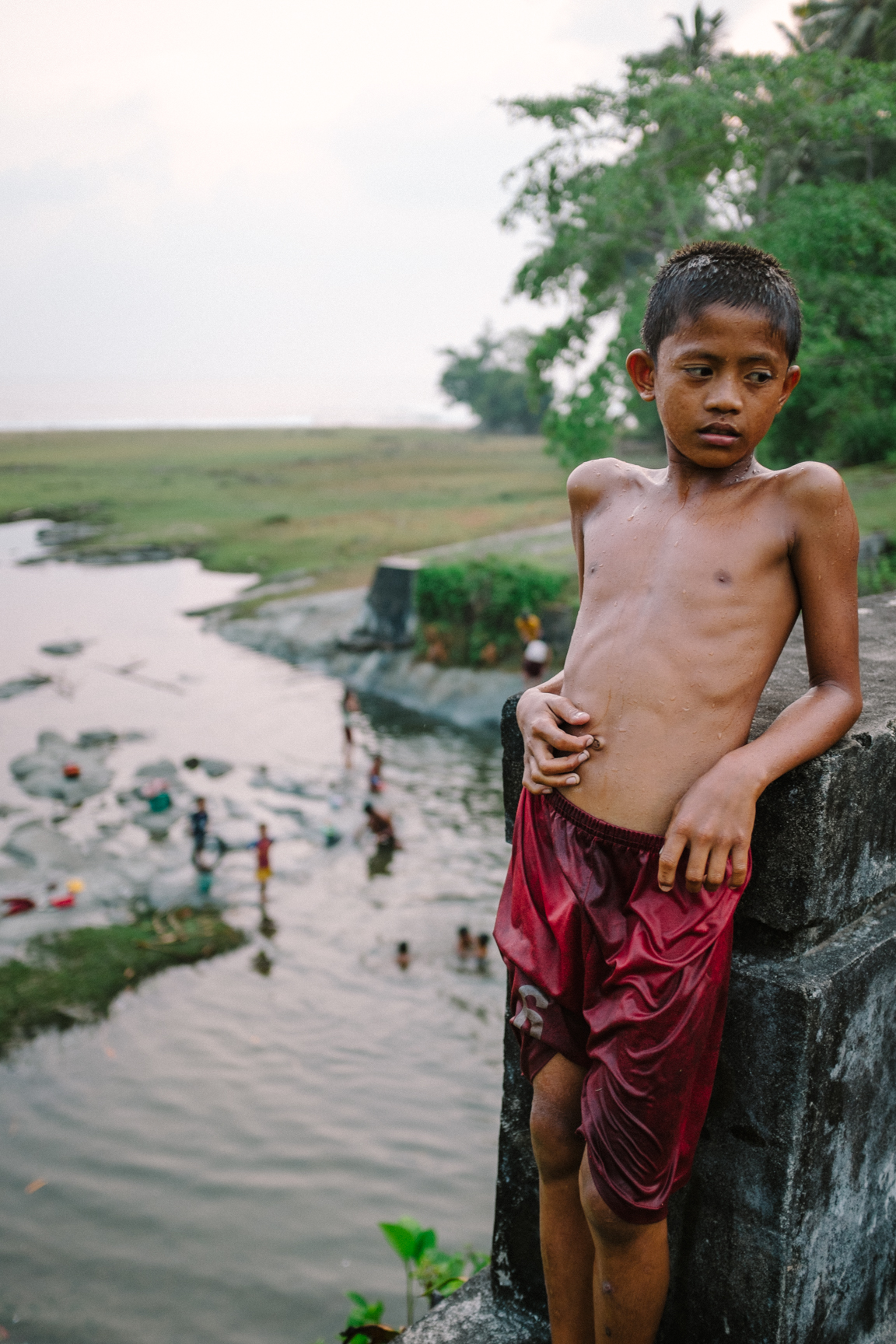
Please pick your favorite picture and share the story behind how it was captured.
The image of the boy in red shorts (see image above). That was on the tail end of my last day on the island. I grabbed a scooter from the camp and was buzzing around the area snapping photos. I heard that beach had a pretty good wave, so I stopped there to check the surf. When I pulled up, there were four or five families doing laundry in the river while the kids ran around and did flips off the ledge into the water. One of the women there told me that that ledge was actually a downed bridge leftover from the tsunami. As soon as I parked my scooter, the kid in the red shorts pointed at my camera and yelled for me to get a picture of him jumping. I snapped a few photos and showed him, but he wanted the perfect shot, so I hung out and kept snapping until he was content with his performance. Once we got a good one, he and his mom walked me up the hill to my scooter. I snapped that portrait of him right before he ran back to the bridge and, shouting at me to watch, did the most cringe worthy belly flop I've ever seen.
What surprised you most about your experience?
The people, hands down. I didn’t really know what I expected, but everyone I met was hilarious and insanely nice—they had smiles painted on. The afternoon I arrived, one of the women in the village—who got married the day before—was genuinely disappointed that I missed her wedding, she had known me for five minutes at that point. There was a familial sense of community and inclusion between everyone that I haven't seen in too many other places.
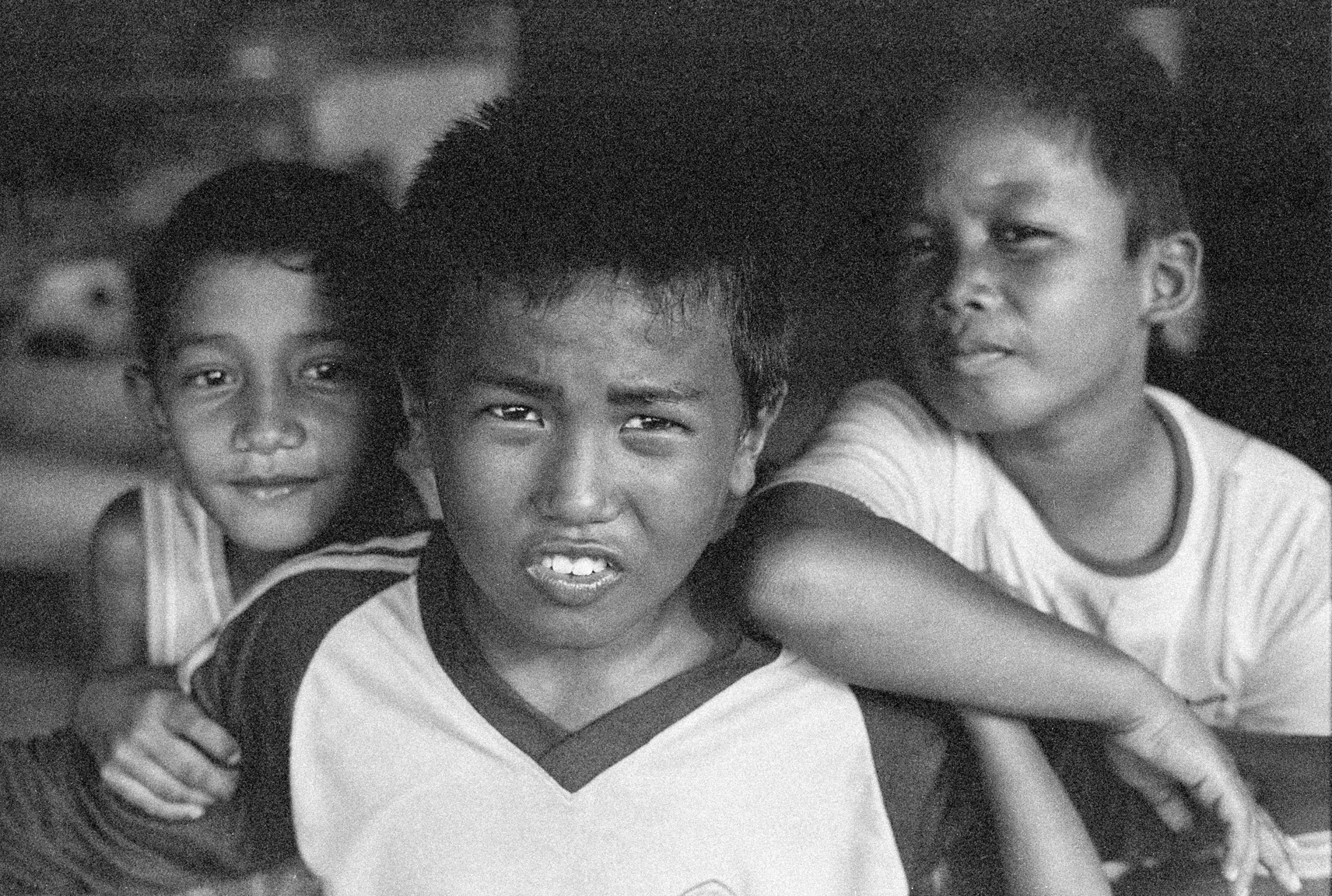
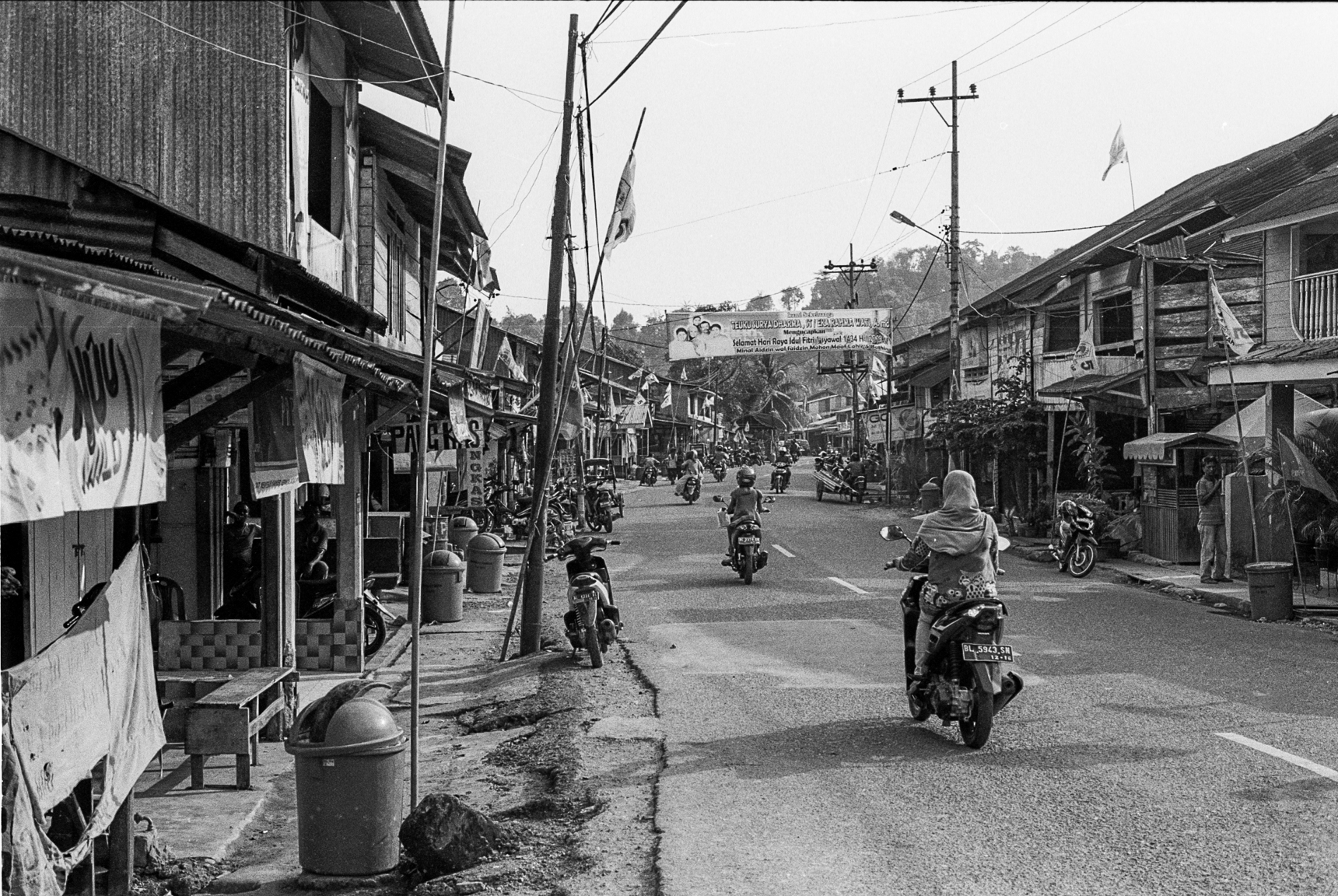
What advice do you have for individuals that want to start travelling internationally, but don’t know how to start?
Research wherever you’re going and learn a few key phrases in their language. If you’re trying to learn the language full on, you’ll need to get over your ego: you’re going to look dumb, but the locals will appreciate it. That being said, I’m still working on being okay with looking dumb. I think travel, in general, is about stepping out of your comfort zone, and it’s easy to forget that when you step off the plane. The moment you land is when you’re the most vulnerable. However, if you made the effort to go somewhere, then it’s worth experiencing as much as you can while you’re there. It’s also important to reserve any judgments and embrace the culture. Traveling to a foreign country can be really scary, but seeing how the other side lives is valuable to everyone. Experiencing other ways of life helps reshape what you appreciate and how you appreciate it. That alone is worth getting over the fear of...moving.
What’s next for you?
I’m wrapping up the Vanajeros project and doing a solo trip in Ecuador for the rest of the month. I’ll actually be back on the East Coast of the U.S. in time to catch the tail end of winter. It’s been a good while since I've seen snow, so I’m excited for that. The plan is to hang with the family and buy a van. Afterwards, I want to explore the States more. I’ve been thinking a lot about how diverse the U.S. is, so I think I’m going to make some time to do the home turf proper justice.
To see more of Parker's incredible travel stories and adventures, be sure to visit www.Vanajeros.com and follow him @Parkerhilton on Instagram.
Images Courtesy of Parker Hilton




